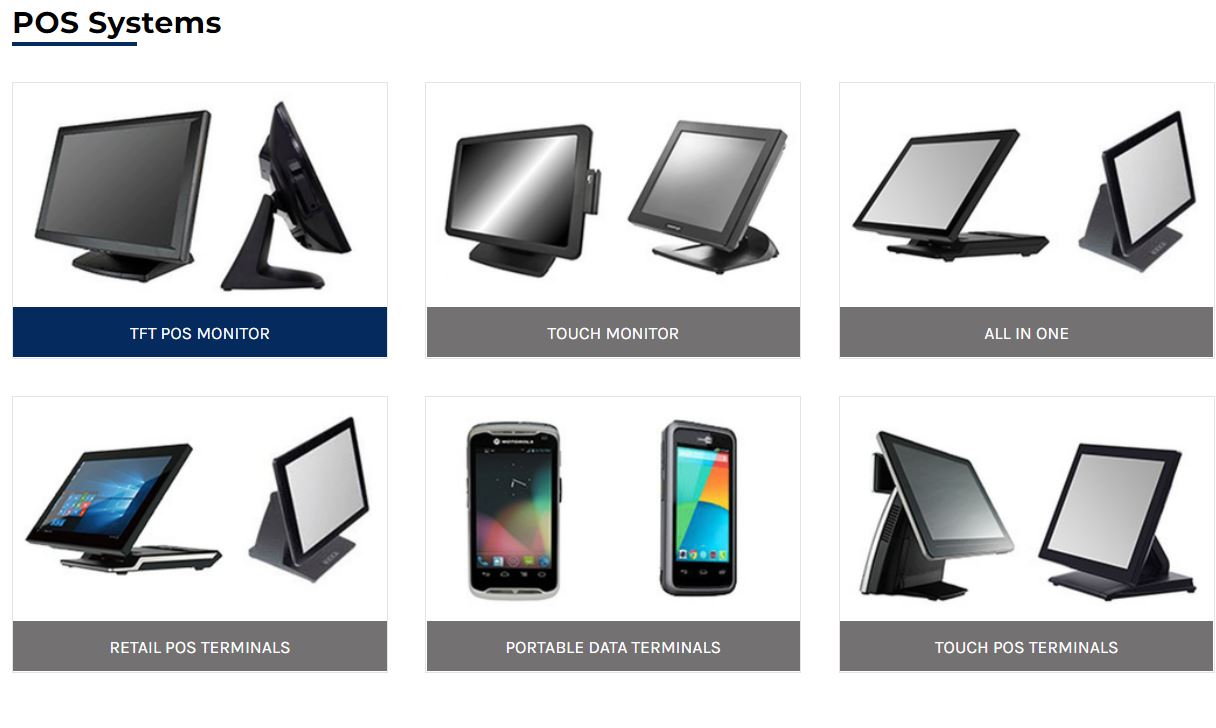How POS System Functions: A Comprehensive Overview for Entrepreneur

Recognizing the Parts of a POS System

Just How Sales Purchases Are Processed
When a consumer decides to buy, the sales transaction initiates a series of organized steps within the POS system. Initially, the cashier inputs the items being purchased, which are checked via a barcode visitor or manually gotten in. This activity obtains item information, consisting of prices and suitable tax obligations, from the system's database.Next, the consumer exists with the total amount due. The POS system then processes the payment, whether with money, credit history card, or mobile repayment methods (Restaurant POS Software). For digital repayments, the POS safely interacts with settlement processors to accredit and verify the transaction.Once the payment is verified, the system produces a receipt, which can be published or sent electronically. This receipt works as receipt for the consumer. The deal information is tape-recorded in the system, guaranteeing exact sales records and monetary monitoring for the company.
Supply Administration and Monitoring

Efficient inventory management and monitoring are essential parts of a POS system, as they guarantee that services keep optimal supply levels and minimize inconsistencies. A durable POS system enables for real-time supply updates, mirroring returns and sales instantaneously. This allows local business owner to keep track of supply degrees accurately, ensuring that popular products are easily offered while protecting against overstocking of much less preferred products.Additionally, advanced POS systems offer functions such as computerized stock informs and reorder suggestions, enhancing the purchase procedure. Barcoding and RFID modern technology enhance accuracy in tracking stock motion, minimizing human error. Considerable coverage devices give understandings right into supply turn over rates, assisting companies make informed decisions about purchasing and item offerings. Eventually, reliable supply management with a POS system not just enhances operational performance yet also improves consumer satisfaction by ensuring product schedule.
Assessing Consumer Information and Insights
Customer data analysis functions as an effective device for businesses utilizing a POS system (Restaurant POS Software). By accumulating and taking a look at deal data, services can uncover useful insights about consumer habits and choices. This evaluation enables them to recognize purchasing fads, peak buying times, and preferred products, thus educating stock decisions and advertising strategies.Additionally, organizations can section their consumer base, permitting individualized marketing efforts that satisfy certain demographics or purchasing behaviors. Comprehending customer loyalty patterns also assists in developing targeted promos and benefits programs.The data obtained from a POS system can additionally disclose insights right into consumer feedback, allowing services to here make informed choices pertaining to product offerings and service enhancements. Ultimately, leveraging client information effectively can improve the general purchasing experience, foster customer contentment, and drive income growth
Advantages of Carrying Out a POS System

Regularly Asked Questions
What Sorts Of Businesses Can Profit From a POS System?
Numerous organizations gain from a POS system, including stores, restaurants, beauty salons, and e-commerce platforms. These systems enhance deals, inventory monitoring, and consumer information, enhancing operational efficiency and improving consumer experience across varied industries.
Just how much Does a POS System Typically Price?
The price of a POS system normally varies from a few hundred to a number of thousand bucks, relying on functions, hardware, and software. Organizations need to think about ongoing charges for upkeep, support, and deal processing when budgeting.
Can I Incorporate a POS System With Existing Software Application?
Incorporating a POS system with existing software application is commonly practical. Numerous systems supply APIs or built-in compatibility attributes, allowing services to streamline operations and enhance capability by connecting different software program applications effectively.
What Training Is Needed for Personnel to Utilize a POS System?
Educating for team to utilize a POS system usually consists of understanding software performances, refining transactions, managing supply, and managing client interactions. Practical demonstrations and hands-on practice enhance efficiency and self-confidence in using the system properly.
What Happens if the Web Goes Down While Utilizing a POS System?
If the net drops during POS system use, purchases may be interrupted. Many systems offer offline abilities, enabling basic operations to continue, however full functionality, including real-time inventory updates, will be restricted. A Point of Sale (POS) system is made up of a number of essential parts that work with each other to facilitate transactions and handle business operations. Reliable supply monitoring and monitoring are vital elements of a here POS system, as they assure that businesses maintain perfect supply levels and reduce inconsistencies. Consumer information evaluation offers as an effective device for businesses making use of a POS system. Recognizing client loyalty patterns additionally assists in establishing targeted rewards and promos programs.The information gleaned from a POS system can additionally reveal understandings into customer responses, making it possible for organizations to make enlightened choices regarding product offerings and solution enhancements. Carrying out a POS system provides various advantages that can significantly improve business procedures.